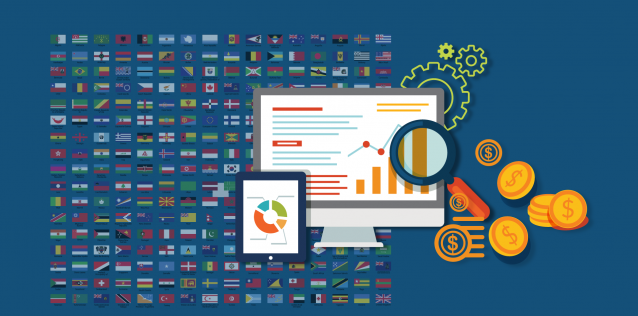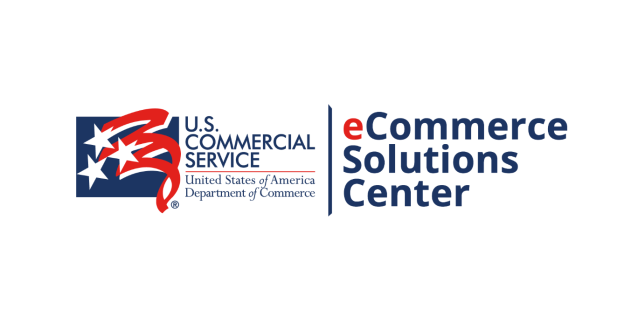Website Globalization for Business in 3 Stages
Globalizing Your Online Sales
eCommerce sales success is driven by your ability to be found when someone is searching online. If you can’t be found in search, you can’t make the sale. This is especially true for international online sales where it is likely that your only interface with a customer will be through your website. Search Engine Optimization (SEO) is a process that improves your ability to be found in search online.
A “globalized website presence” is often said to be the key to success, but what is website globalization? Website globalization occurs when a business has successfully integrated a digital strategy into their business strategy, resulting in sustained ROI and forecast sales growth for cross-border overseas sales channels.
Website Globalization is Business Growth
Watch this video of a real CS Client and how they used “Website Internationalization for Overseas Sales”, and listen to their story of business growth through employing website globalization best practices.
Website globalization doesn’t happen quickly, and is a process that a business grows through over time as it seeks to ultimately localize its web presence for a specific market. Most businesses are familiar with website localization- this is however the last step, and it is recommended you plan on a phased approach and growth in 3 stages.
Website Globalization 3 Stages of Business Growth:
- Internationalization- in addition to making sure your website can be found in an international search when it should through SEO, you make it clear on your website you are “open for international sales”;
- Internationalization best practices for your website will help you appeal to the widest audience as you understand and fine-tune your sales to desired consumer demographics. In addition to best practices like doing a search engine optimization (SEO) audit to make sure your website can be found by search bots for search results in the first place, you should also look to indicate you are open for international sales by indicating on every page your products are made/designed in the USA, providing currency conversions, metric and US measurements, as well as providing international tax/duty information pre-checkout.
- Regionalization- based off of analytics and market data, you refine your focus down to respective regions, such as creating translated regional landing pages and market-specific details;
- Regionalization best practices for your website will help you communicate to international visitors to your website that your international business is focused and deliberate, and that the website visitor will be able to complete their transaction with you without issue. You can indicate your market regionalization best practices through such website modifications as a regional suffix to your URL, or including a translation/local page dropdown option.
- Localization- last and most costly step, in addition to purchasing a local domain URL, you pay for translation and webs services for the separate local URL, and should make sure that sales from this market outpace the cost of localizing and maintaining a website there.
- Localization best practices for your website will let not only the human visitors to your site know you are a local presence in the market, it also lets the search bots that place priority on local results over ones located out of country know you are a “local” search result. In line with localization best practices, when your website analytics indicate 5% or more of your overall traffic is coming from a specific market, this signals that you can justify localizing your website to a specific overseas market. You also must still adhere to local labelling requirements, ingredient restrictions, and other foreign regulations on US products coming into the local market.
Return to eCommerce Frontline Library Content
Looking for more ecommerce resources?













